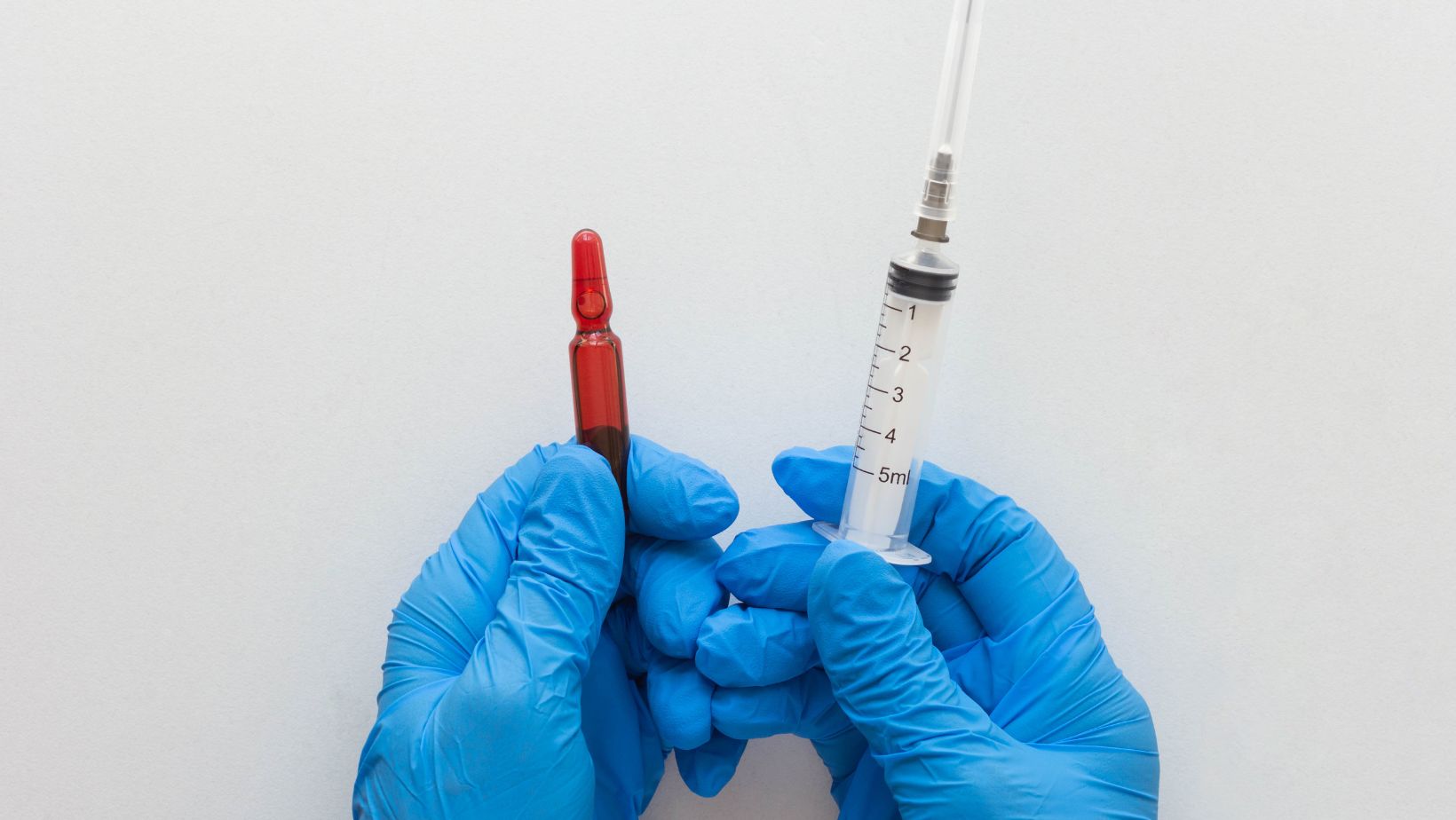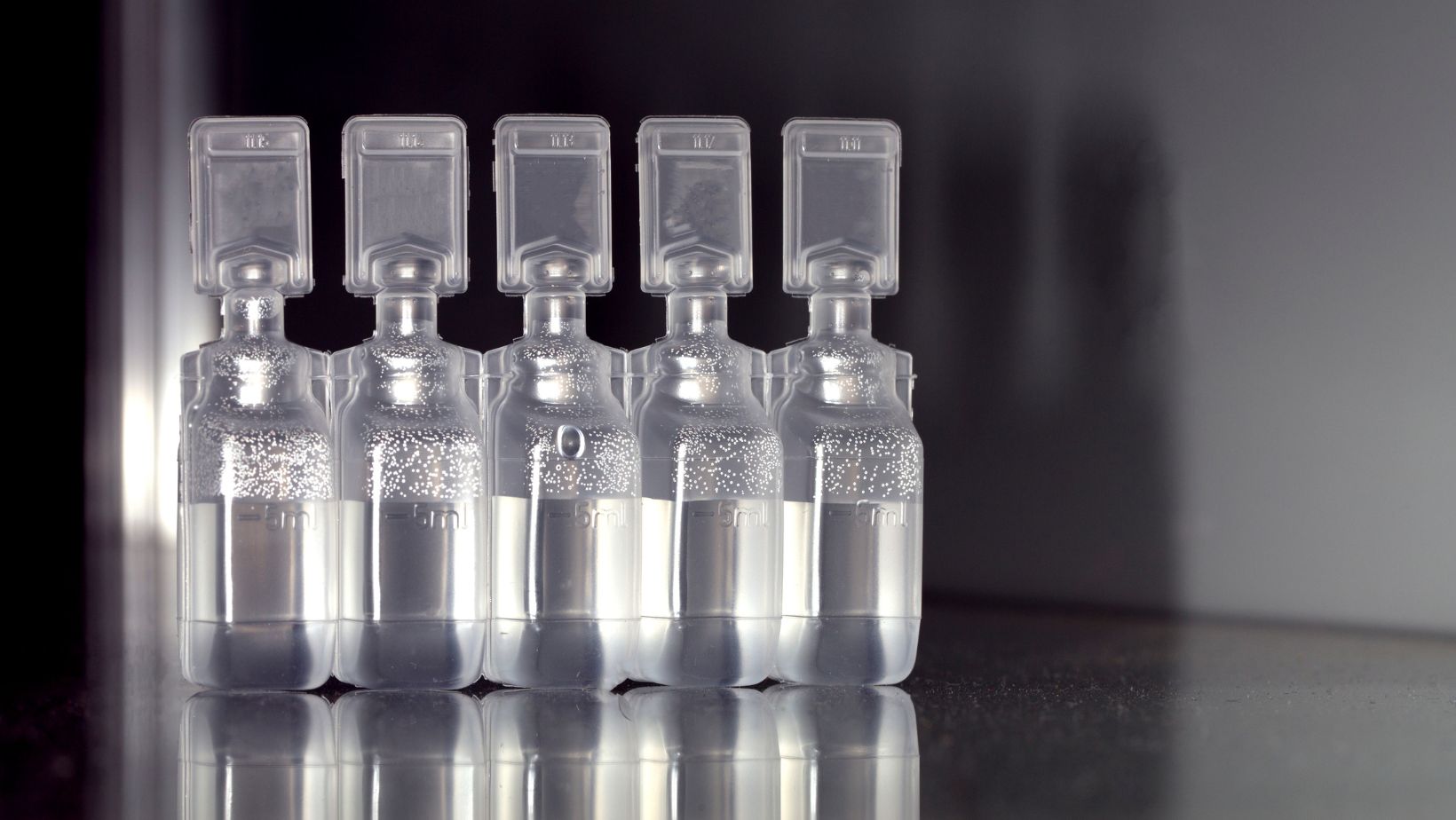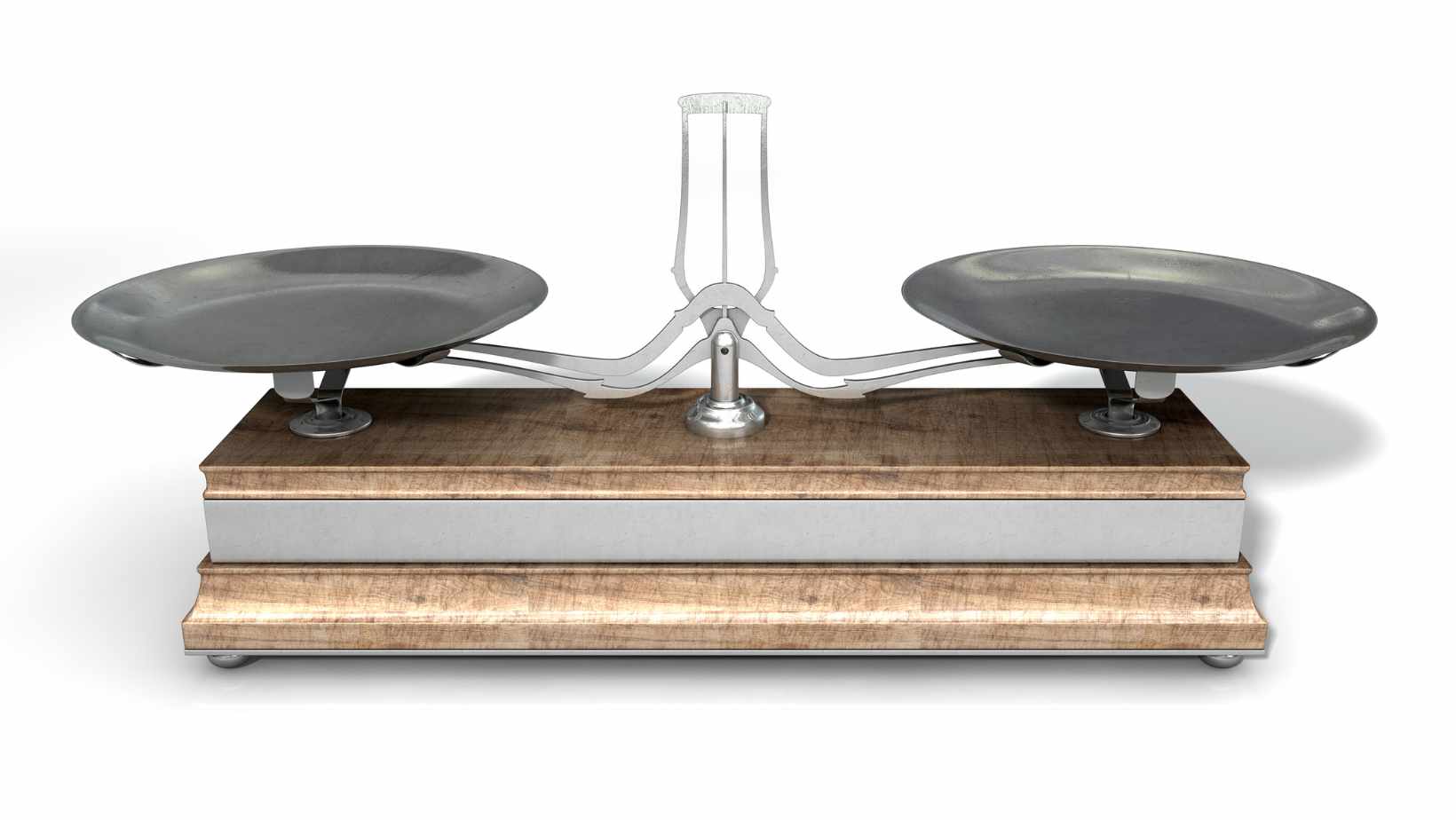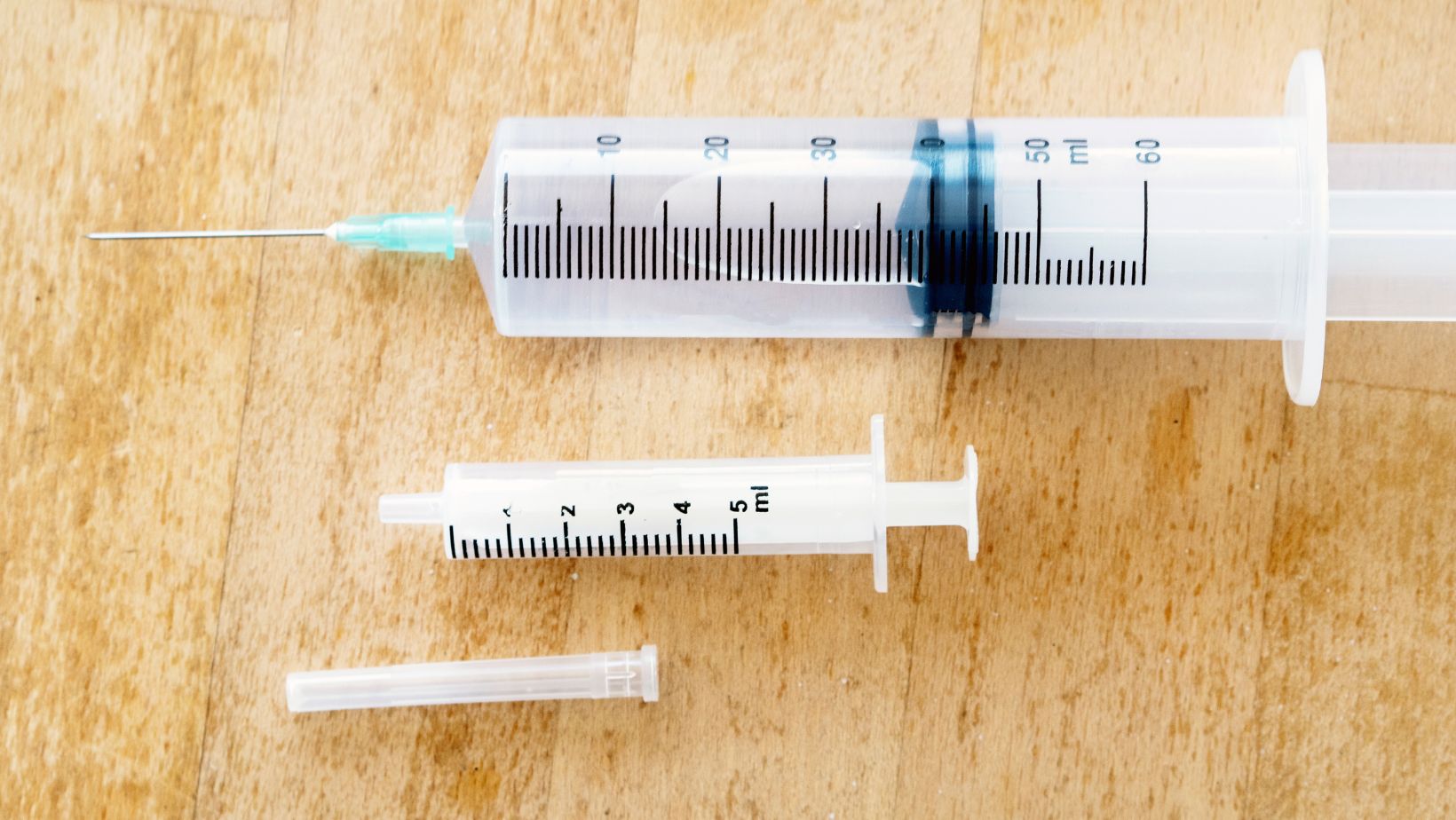How Many ML Are in a CC? Discover The Conversion And Never Be Confused Again

If you’re wondering how many milliliters are in a cubic centimeter, the answer is simple: they are exactly the same. Both milliliters (ml) and cubic centimeters (cc) are units of measurement for volume, and 1 ml is equal to 1 cc. This conversion is widely used in various fields like medicine, chemistry, and engineering.
Understanding this equivalence between ml and cc is important when dealing with measurements or calculations involving liquids or substances. Whether you’re measuring medication doses, working with laboratory solutions, or discussing the capacity of a container, knowing that 1 ml equals 1 cc can help ensure accuracy and consistency.
The Equivalence: How Many Milliliters in a Cubic Centimeter?
Converting ML to CC: A Simple Guide
When it comes to understanding the relationship between milliliters (mL) and cubic centimeters (cc), it’s essential to know that they are actually equivalent measurements. In other words, 1 milliliter is equal to 1 cubic centimeter. This simple conversion factor provides a basis for converting between these two units of volume.
To convert milliliters to cubic centimeters or vice versa, you can use the following formula:
1 mL = 1 cc
This means that if you have a measurement in milliliters and want to express it in cubic centimeters, you don’t need to perform any calculations. Just remember that the values are interchangeable.
Understanding The Relationship: ML vs CC
Now that we’ve established their equivalence let’s dive deeper into how this relationship affects various aspects of measurement:
- Medical Applications: In the medical field, particularly when administering medication or determining dosages, healthcare professionals may use either mL or cc interchangeably. This flexibility allows for precise and accurate administration of drugs based on patient needs.
- Laboratory Measurements: In laboratory settings, scientists and researchers often rely on cubic centimeters for more precise volume measurements. Whether it’s measuring the displacement of a liquid or determining the dimensions of an object, cc provides a standardized unit that ensures consistency in scientific experiments.
- Engineering and Construction: Within engineering and construction disciplines, cubic centimeters are commonly employed to calculate volumes, such as the capacity of a fuel tank or the amount of concrete needed for a structure. This uniformity allows engineers to make accurate calculations and ensure efficient resource allocation.

How Many Ml Are In A Cc
This is a common question when it comes to unit conversion in medical and scientific fields. To provide practical examples of the ml to cc conversion, let’s explore some scenarios where this knowledge can come in handy.
- Medication Dosage: When administering medication, especially injections, understanding the ml to cc conversion is crucial. Many medications are measured and prescribed in milliliters (ml), while syringes often display their capacity in cubic centimeters (cc). Here’s an example:
- Prescription: Administer 5 ml of medication.
- Syringe Capacity: 5 cc In this case, both units are equal, so you’ll fill the syringe up to the 5 cc mark.
- Fluid Volume Measurements: Whether you’re working in a laboratory or cooking in your kitchen, accurate measurement of liquid volumes is essential. While most measuring tools use milliliters as the standard unit for volume, certain containers may be labeled with cubic centimeters instead. Consider this example:
- Recipe: Add 250 ml of water to the mixture.
- Measuring Cup: Marked with increments of 25 cc To measure 250 ml accurately, you’ll need to fill the measuring cup up to the 250 cc mark.
- Medical Imaging: In radiology and medical imaging, such as CT scans or MRI scans, measurements are often reported using cubic centimeters for organ sizes or tumor volumes. Understanding how these measurements relate to milliliters can aid healthcare professionals in interpreting results and making informed decisions about patient care.
Remember that there is a direct one-to-one correspondence between milliliters and cubic centimeters. Both units represent an equal volume of liquid or substance.
To summarize,
EXAMPLES OF ML TO CC CONVERSION:
- Medication Dosage: Administering 5 ml with a syringe marked at 5 cc.
- Fluid Volume Measurements: Measuring 250 ml using a measuring cup marked at 250 cc.
- Medical Imaging: Interpreting organ sizes or tumor volumes reported in cubic centimeters.
Understanding the relationship between milliliters and cubic centimeters allows for seamless communication and accurate measurements across various fields.




